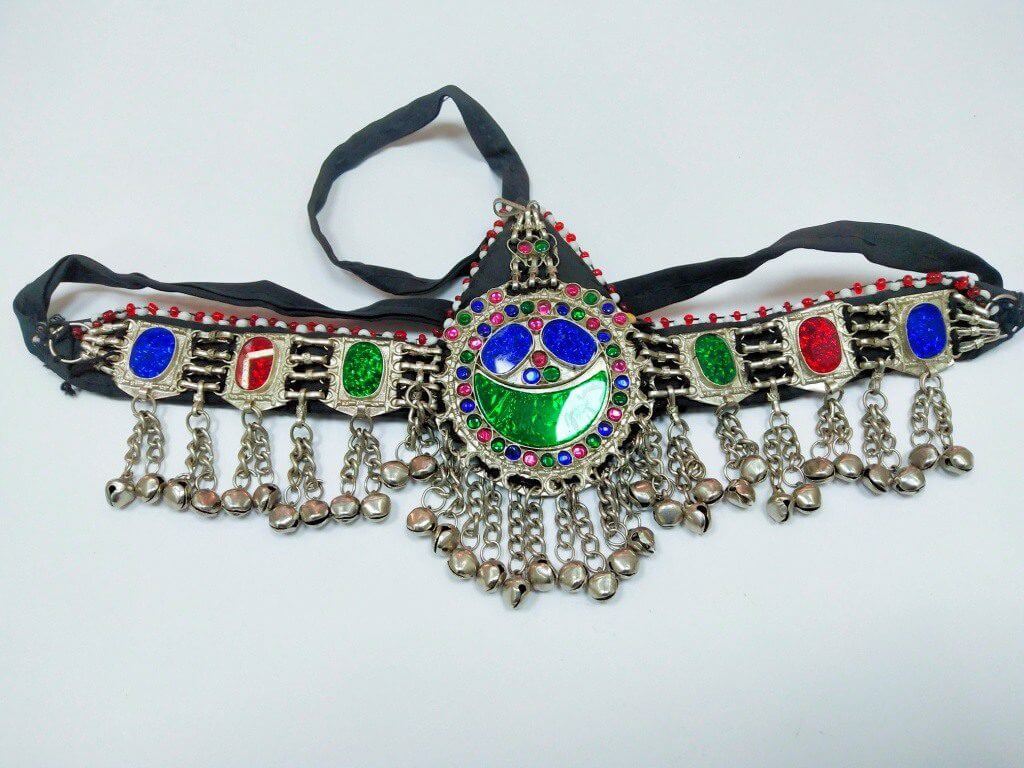Gold Plated Or Real? Basic Information You Need To Know When Buying Jewelry!

I as of late had a request however our site contact structure with regards to the significance of this checking on a bit of jewelry: “CRP 10K”. Does that imply that the thing is gold plated, or is it 10 karat gold? The appropriate response is toward the finish of this article….
Initial, a little foundation. The karat stamping of gold jewelry is similar to the English arrangement of loads and measures when contrasted with the Metric framework. (Then again, actually in England, they spell it “carat”. In the USA, we use “carat” for gemstones.) Karat loads depend on the possibility that unadulterated gold is 24 karat. Yet, unadulterated gold is too delicate to even think about using for most sorts of jewelry, and obviously it is likewise profoundly significant. So gold is quite often blended, or alloyed, with other less significant, yet more grounded metals to invigorate it more. Something else, an unadulterated gold ring would effortlessly get gouged, profoundly damaged, or bowed.
To demonstrate the proportion of gold to combinations, the karat framework was created. Since 24 karat, abridged 24K, is 99.9% unadulterated gold (realistically, it can’t be 100%), one karat is 1/24 unadulterated gold. In any case, a one karat gold ring would just be about 4.2% gold! Thus, you will locate that gold utilized in jewelry is regularly alloyed from about 10K, which is 10/24 gold, or 41.7% gold, up to 22K gold, which would be 91.7% gold. Some time a thing might be stepped “14KP”, where the letter “P” means “plumb gold”, simply one more method of saying that the thing isn’t made out of whatever isn’t 14K gold.
In the United States, a thing should have been in any event 10K to be designated “gold” jewelry, and the run of the mill markings are 10K, 14K, 18K and 22K. Things made in different nations are regularly set apart in “fineness”, which is essentially multiple times the level of gold substance without the percent mark. Thus, 14K gold is 14/24 = 58.3% gold, yet the fineness is 583, or regularly set apart as 585. 24K, coincidentally, has a fineness of 999. Nations other than the US have various norms for what can be classified “gold”: in France and Italy, the thing should be in any event 18K, yet in Germany, it is just 8K! Fineness is likewise applied to other jewelry metals, for example, platinum and silver.
Anyway, presently shouldn’t something be said about things that are not “strong gold”? That phrasing is a bit of befuddling – “strong gold” could signify “non-alloyed gold”, that is, a fineness of 999. Or then again, it could signify “made out of gold and not empty or plated”. For the reasons for our conversation here, we will utilize the last importance, albeit in the US, a merchant can’t utilize the expression “strong gold” except if the thing is strong 24K gold!
Gold is regularly applied to a less expensive (and more grounded) metal, for example, metal or copper, to make a substantially less costly bit of jewelry. For some huge things, this bodes well – for example, a gold memento is extravagant on the off chance that it is “strong gold”, so that is the reason you regularly see gold plated mementos. Gold plating is anything but something to be thankful for, notwithstanding, when it is utilized on a jewelry thing that gets a great deal of wear, for example, a ring. Contingent upon the thickness, plating can wear off surprisingly fast on such a thing, rapidly uncovering the base metal. Furthermore, making stain and consumption.
Gold can be applied to a thing utilizing an electrical flow, named “gold electroplate”, and it is stamped “GEP” (since the applied layer is unadulterated gold, it very well may be supposed to be “24K gold plated”). Gold electroplating should be, by US law, in any event 7 mils thick (a “mil” is one-millionth of an inch). In the event that it is not as much as that, the thing is supposed to be “gold glimmered” or “gold washed”. Gold may likewise be applied in a thicker layer than electroplating by methods for precisely holding the gold to the base metal; the thing is then supposed to be “gold filled”, set apart as “GF”. The US legitimate necessity for GF is at any rate 10K gold which makes up in any event 1/20, or 5%, of the heaviness of the thing. This would mean the thing would be set apart as “10KGF”, however on the off chance that the gold was better, you would see “18KGF”, for instance. A comparative cycle is gold plate, checked “GP”, or moved gold plate, stamped “RGP”. This cycle would determine the level of gold, just as the quality, in the stepping, for example, “1/40 14K RGP”, which would show that 1/40 of the heaviness of the piece is made out of 14K gold.
At long last, I should take note of that it is entirely expected to gold plate (either electrically or precisely) jewelry things made of authentic silver. This outcome is named “vermeil”, articulated “vehr-may”, and necessitates that the plating be at any rate 120 mils of 24k gold. However, not all gold-plated silver is vermeil. It is, obviously, conceivable to electroplate silver and basically mark it as “GEP”, which would just require a 7 mil layer of gold! In this way, read those magazine commercials cautiously when they talk about “24K gold-plated authentic silver!”
Thus, back to the model. Inside “CRP 10K”, just the “10K” fits any legitimate checking, so we can expect to be that, if the thing is lawfully denoted, that it is made of “strong” 10K gold. The “CRP” doesn’t fit any of the standard markings, so it is most likely a contraction of the jewelry maker.
